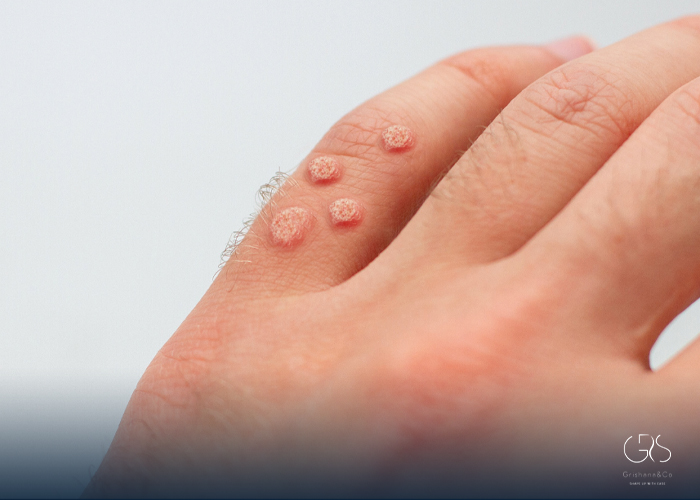Understanding Sebum is essential for maintaining skin health. This oily substance, produced by the sebaceous glands, plays a crucial role. However, an excess of sebum can result in oily skin and acne breakouts. In this article, we will delve into the topic of Understanding Sebum, exploring its production process, its impact on skin health, and effective topical agents that can help manage oily skin and acne.
Understanding Sebum Production:
Science and Influencing Factors
Sebaceous glands in the dermis layer of the skin produce sebum, which comprises triglycerides, wax esters, squalene, and other lipids. Sebum production is influenced by genetics, hormonal imbalances, diet, and skincare practices.

The Impact of Excess Sebum on Skin Health
Excessive sebum production can result in oily skin, clogged pores, and acne breakouts. It is important to manage sebum production to maintain healthy and blemish-free skin.
Effective Strategies to Manage Sebum Production
- Gentle Cleansing: Use gentle, non-comedogenic cleansers to remove excess sebum and impurities without stripping away essential oils. Harsh cleansers can stimulate sebaceous glands to produce more sebum.
- Proper Moisturization: Maintain adequate skin hydration with oil-free, lightweight moisturizers suitable for your skin type. Well-hydrated skin can help regulate sebum production.
- Regular Exfoliation: Regular exfoliation can help remove dead skin cells and unclog pores, preventing the buildup of excess sebum. Consider using salicylic acid or glycolic acid-based exfoliants.
- Healthy Diet: Consuming a balanced diet rich in fruits, vegetables, and whole foods supports optimal sebum production. Minimize processed and sugary foods while incorporating sources of essential fatty acids like fish, nuts, and seeds.
- Stress Management: Chronic stress disrupts hormonal balance, leading to increased sebum production. Implement stress management techniques such as exercise, meditation, and sufficient sleep to maintain balanced sebum levels.
(To learn more about Stress acne management please refer to this article)
Topical Agents for Managing Oily Skin and Acne

If you are experiencing acne as a result of oily skin, these topical agents may be helpful:
1.Benzoyl Peroxide: Benzoyl peroxide is an effective over-the-counter medication that reduces acne-causing bacteria, unclogs pores, and decreases sebum production.
2.Topical Antibiotics: Topical antibiotics like clindamycin or erythromycin can help control acne by reducing bacterial growth and inflammation. These are available both over-the-counter and through prescription.
3.Topical Retinoids: Derived from vitamin A, topical retinoids (such as adapalene or tretinoin) normalize skin cell turnover, prevent clogged pores, and reduce inflammation, leading to fewer breakouts and less oily skin.
4.Topical Dapsone 5% Gel (Aczone): This topical agent has anti-inflammatory effects and can be helpful in managing oily skin and acne, particularly for people with sensitive skin.
5.Azelaic Acid: Azelaic acid is a naturally occurring acid found in grains like barley and rye. It has antibacterial and anti-inflammatory properties, helps unclog pores, and can reduce sebum production.
When using these topical agents, follow the instructions provided and start with a lower concentration to minimize skin irritation. If you have persistent or severe acne, consult a dermatologist for personalized recommendations.
Conclusion
Managing sebum production is essential for maintaining healthy skin and preventing acne breakouts. By adopting proper cleansing, moisturization, exfoliation, maintaining a healthy diet, practicing stress management, and incorporating appropriate topical agents, you can effectively manage oily skin and acne.
Understanding sebum production and utilizing topical agents can provide you with effective tools to address oily skin and acne concerns.
Sources
- American Academy of Dermatology Association, Acne: Signs and symptoms
- National Center for Biotechnology Information, Sebaceous Glands and Sebum
- Mayo Clinic, Acne









